The X-Pro3 came at a good time for me. I’d returned from a six-week trip to Italy where the last two weeks were spent in Venice trying to make work for exhibitions. So I’d been making holiday snaps and serious stuff, and working out what photo gear I needed to carry and what was too much.
For digital (snaps) I’d taken an X-E2 and just the 27mm pancake. Fine. For film snaps an Oly Trip 35. Fine. For serious film stuff an FM2 with 50mm for 135 and an Agfa Isolette III for 120. It all worked out well, and I’m still in a space where I’m thinking a lot about some exhibitions coming up later this year and a couple of other projects that should be fun.
This means the Fuji X-Pro3 entered at a time when image making was very much foremost in my mind. You can read my initial thoughts on it here. As a bit more background, the type of photos I like to make at the moment are a bit like this.
Anyway – after a good couple of months with this thing, my thoughts are yep – this it the digital camera for me. I do need something digital, and while I don’t actually NEED an X-Pro3, I figure might as well be using a camera I like.
Oh – as a new thing for this post I’ve linked the shots below to hi-res ones on Flickr so you can see what the files are like.
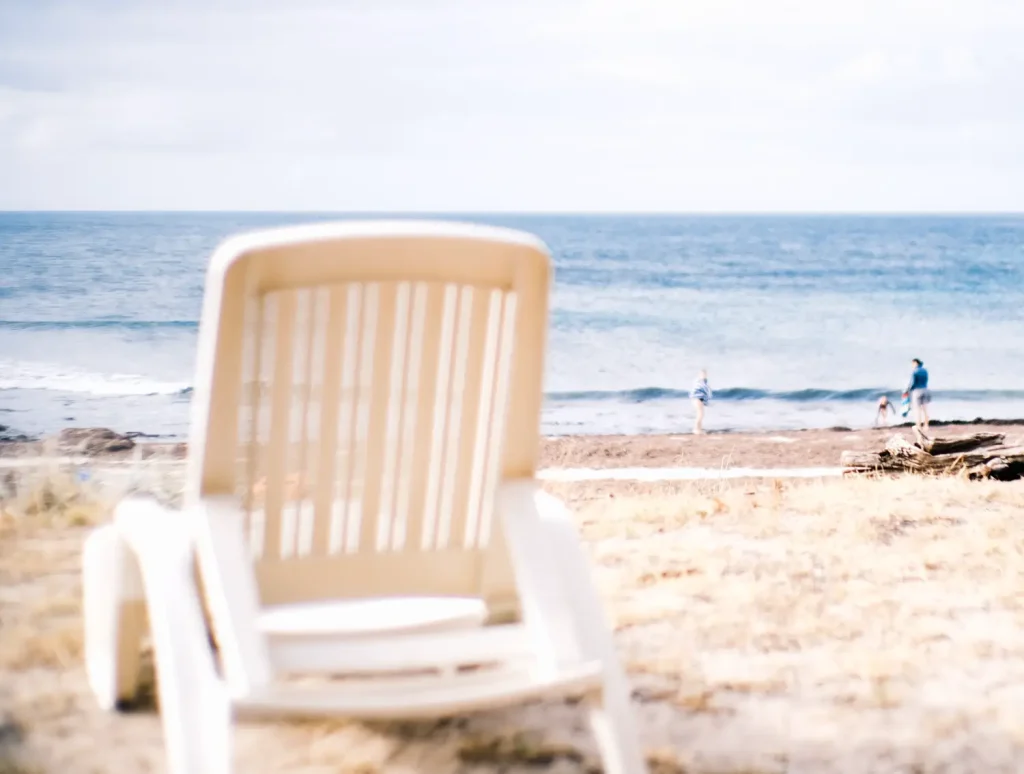
I don’t think I would have picked an X-Pro3 for commercial editorial work, but I do hardly any of that kind of stuff any more so it was easy to just get what I really wanted without thinking about what was most sensible or versatile. And I guess the price was something I was comfortable with. I was tempted by a discounted pre-release price here that made it $A2300, which with our weak dollar is a bit over $US1500. Already having the 35mm XF 1:2 R WR that I knew was brilliant didn’t hurt either.

I also don’t know if I’ll be able to use the X-Pro3 to make exhibition work (i.e. the work I currently make on film) but I’m certainly testing it out.
I’m not romantic about film. On the other hand, why the hell is it I can shoot just six rolls in Venice and get enough for two different projects out of it while my digital shots are good for nothing but Instie? Why does an FM2 with a 50mm and a roll of HP5 give me stuff – give me images – that are way more compelling than digital? This may change of course, and I really want to keep up with what digital can offer. I think that by using different media, and working out what they can’t do as well as well as what they can, you learn how to use each medium better.
What I DON’T want from digital is more resolution and higher ISOs. What I DO want is mood, feeling and an aesthetic that suits my intent.
I’ll divide my thoughts on this camera in to two areas – camera ergonomics and the files it makes. I guess the way I see it is that – for the most part – ergonomics is what you work around to get the files you want, and it’s a bonus if you can have fun along the way.
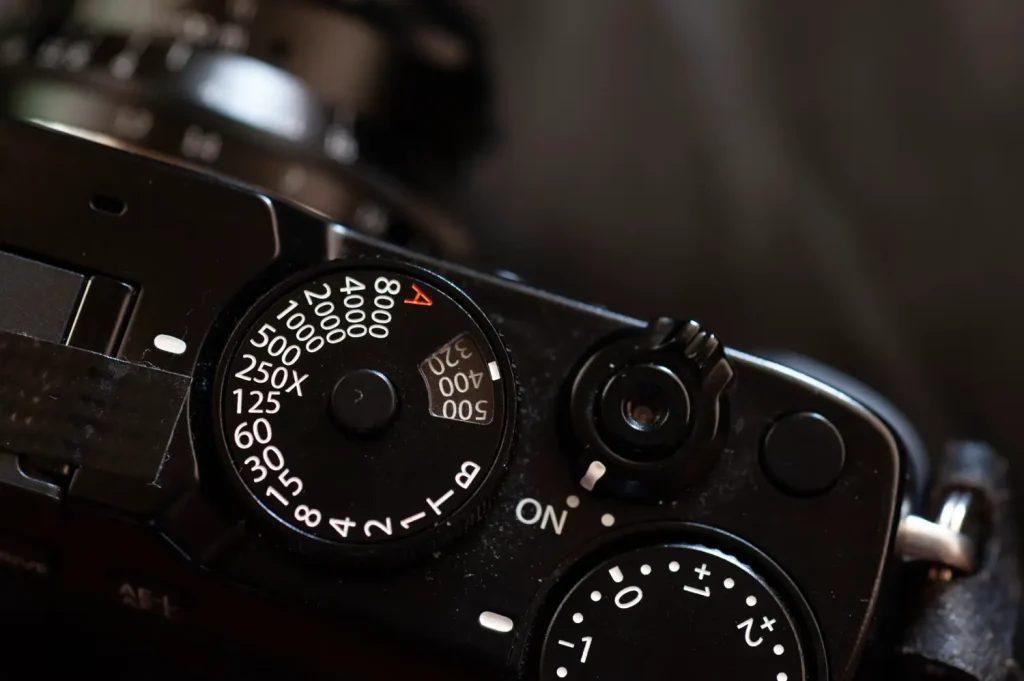
Ergonomics:
In a sentence, this thing is all about the form factor and the OVF/EVF in an ILC. What follows is really just an expansion of that thought. My thoughts are evolving – in use, the camera itself is melting in to the background, which is a good thing. There are heaps of dials and heaps of features that I don’t use.
Photography for me should be fun. This camera is for taking snaps at the beach and family parties, but at the same time I’m keeping an eye on what it might produce and seeing how I might make my arty shit with it.
I do not use any of the buttons on the back except the four-way nub to shift focus area, which I like. I use the rear control dial to press in for focus-check for MF lenses and that seems to be pretty much it. I use the speed dial to change ISO (and speed of course) and it seems that everything else stays put. I use the lever on the front to flick between EVF/OVF and that’s about it.
But this could just be me – I’ve had a D700 for 11yrs and after the first year I’ve only touched ISO and white balance. With my X-E2 once it was dialled in all I ever changed was max Auto ISO.
So – I’m finding my way in to using this thing. I guess you could say that ergonomics are important because the sensor and the processor are the same as the X-T3 and I could’t give a toss about that particular camera. Totally not interested – whereas with this one I fondle it and say, “Hmmm, my Precious.”
I haven’t chimped once and I haven’t shot with the LCD once. I don’t say this to sound hip, but it’s true, I have absolutely no interest in looking at what’s on the LCD. It’s nice to have it for menus, and that’s it for the moment. The most use it gets is changing the brightness of the OVF lines. If anyone knows how to set that to a button, please tell! Oh, it’s a touch screen you say? I keep forgetting…
It seems crazy to me – all the fuss and chatter that came out about this camera having a hidden screen. WTF who cares? I mean really – IT’S JUST A CAMERA. I happen to think it’s brilliant that it folds away. But you know what? If you don’t like it then don’t buy it. Easy.
The Sub Menu in the back that I initially thought was useless is still useless. Mostly because it’s hard to read. Actually I do have a small use for it; here’s how. My eyes are not good enough to read the ISO numbers on the shutter dial, but I can read them off the sub menu, so if I want to change ISO I can spin the dial while looking at the back and actually see what’s going on. On the other hand you can see ISO in the viewfinder so it’s not really a big deal.
Speaking of the viewfinder I like to keep it as clean as possible so I just have speed, aperture, ISO, exposure comp and a histogram. (Of course with a MF lens the aperture does not work though) You can set the display to big or small and no surprises that I put it on big.
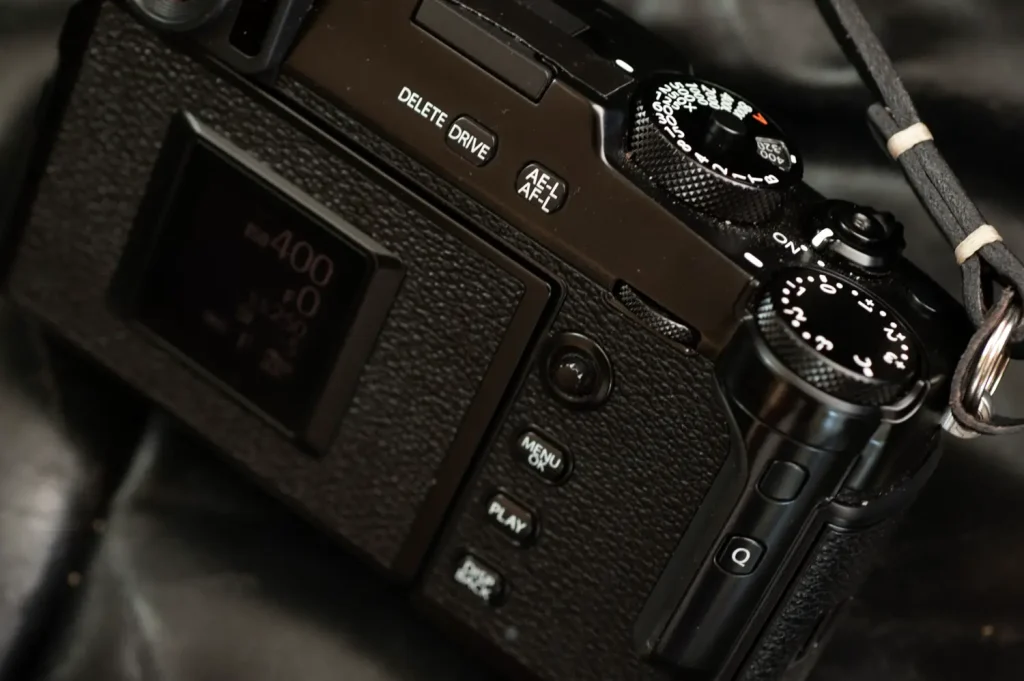
EVF/OVF. Okay this is the big deal. As I said already it’s this and the form factor that are the crux of the ergonomics of this camera. I haven’t used an X-Pro2 but the upgrade in EVF from an X-E2 is sweet.
For my type of shooting this thing is brilliant. So good. I will pretty much leave it with a 35mm (50 equiv.) on it. The Fuji 35mm f2 R WR is a stellar lens IMHO – but it is too sharp and clinical for my arty stuff. It’s what I am using for family snaps wide open because it grabs focus on people so fast. Using that lens with the OFV is pure fun.
Now – the 7Artisans 35mm f1.2 is shaping up as my arty lens. It’s also good, but it’s soft and way slower in use of course. I also use this for family portraits etc, but with this I like to use the EVF to get focus. I find it so much nicer using a real MF lens to focus manually over the focus-by wire Fujis; especially having a lovely hard stop at infinity. If I’m shooting landscapes with this lens though, I LOVE the OVF. More on this lens in the files section.
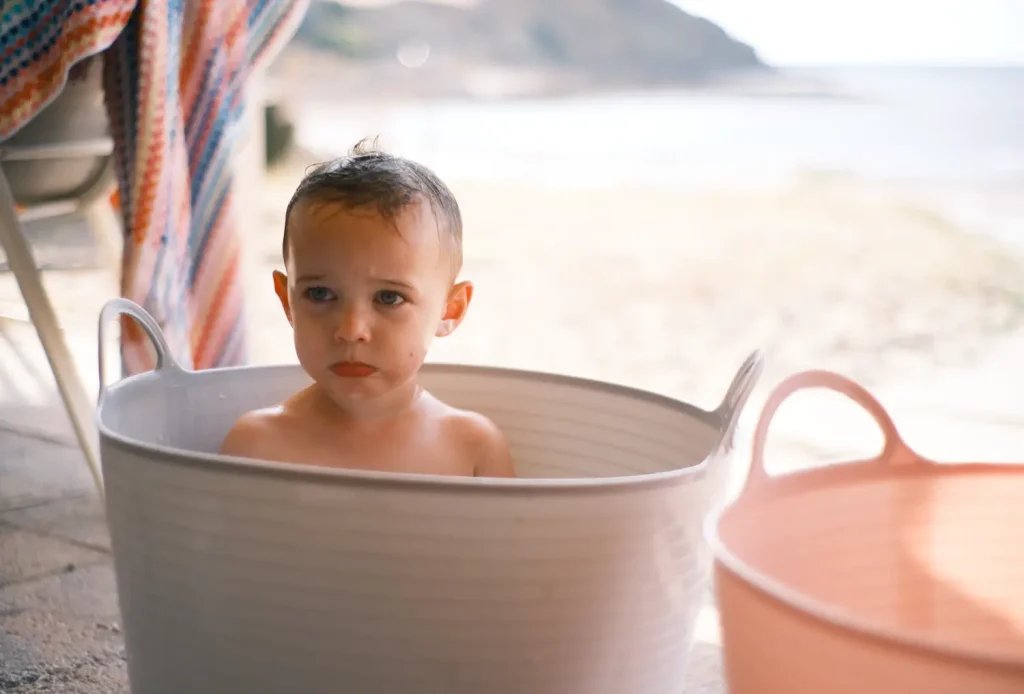
And please! No griping about the magnification of the OVF. If you don’t like it – if you want to shoot really wide with with an OFV – get an accessory OVF like everyone used to. Or better still just shut up and get a different camera.
Pulling it out of the bag it feels a bit like my Nikon FM or like the Nikonos III I just bought for seascapes. It sits in that kind of family with size and weight. The Leica-like thing is obvious but I’ve never been a Leica M guy so it’s not for me to say one way or the other.
And that’s how it’s looking for me at the moment. It’s fun, it’s good for snaps, but it’s also a serious camera.
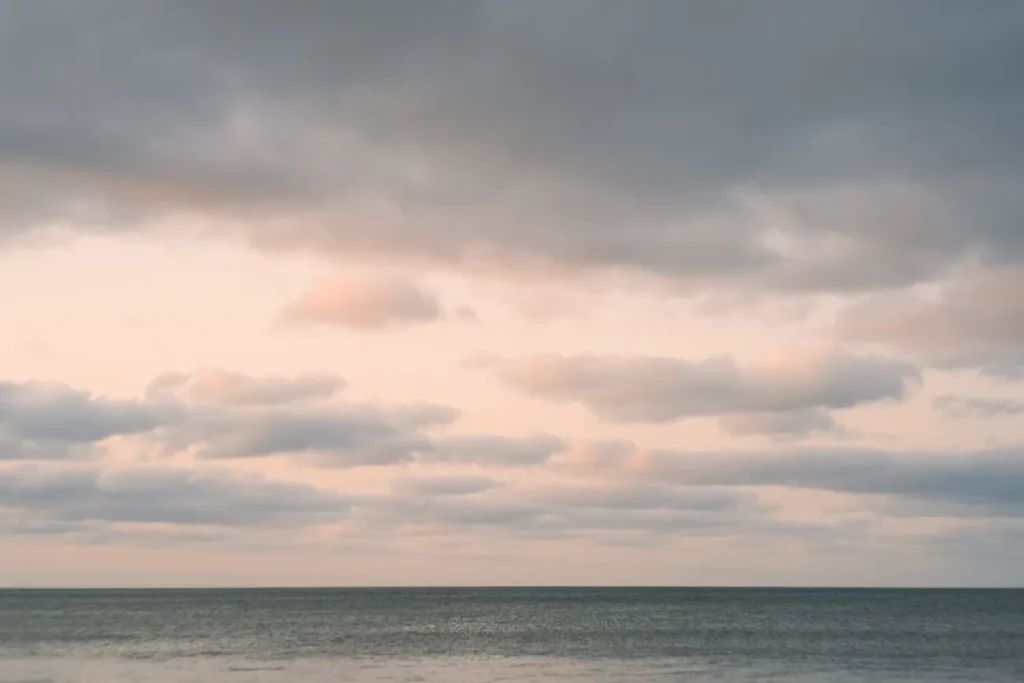
The X Files
It has to be about the files for me. I mean, if you shoot film you have an emulsion as the starting point and a piece of film is what you use to make the work. Here it’s straight away a digital file. I care a lot about the character – how the file breaks down into pixels and noise, and how those two play together with what the lens is rendering to give you a file. (here’s an essay on that subject)
And this depends on the work – For a given project I will have an aesthetic that I’m going for and I know in advance what that aesthetic is.
I have an ongoing project that is sort of nostalgic seascapes and big skies. For this, with the 7Artisans 35mm f 1.2 I like the OFV. (Oh – Genius move Fuji – you can manually set the brightness of the OFV frame-lines…thank you!)
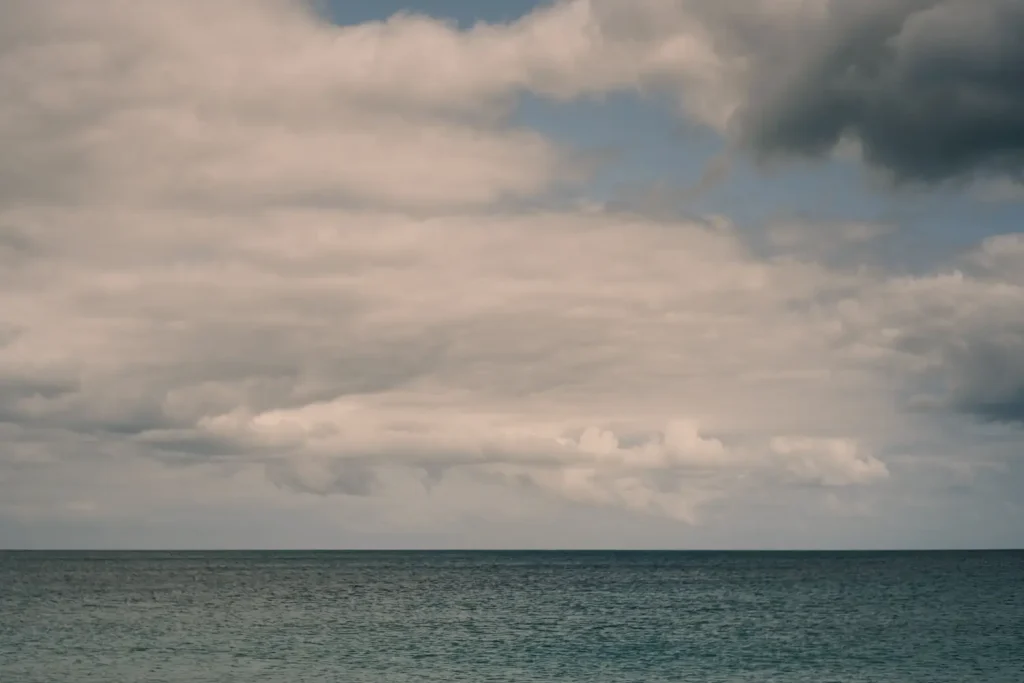
I want the lens rendering to be soft, so the softness of the lens plays with how the file breaks down, and I am pretty happy with how it’s looking at the moment. I do like these jpegs. And another thing I like is how the sensor behaves at sensible ISO. Even at lowish (400) ISO they have a nice feel. I don’t like them as much up at high (12800) ISO because I find the output too gritty.
OK. Film simulations. (clears throat, takes sip of water) Yeah, BUT I DON’T ACTUALLY SEE THEM AS FILM SIMULATIONS.
Film itself is an attempt to simulate what we see – and it’s really just an evolved series of compromises based on what happens when photons hit halides in the emulsion and change their structure. Usually a compromise of grain and speed with an attempt made to get colours roughly right. Films were developed to get results – not to have a “look”. The “look” or “feel” is what we ascribe to it.
Take the Velvia simulation. For it to be FILM simulation of E6 it would have to only work at one ISO and have to give you serious grief if you got the exposure wrong. Having something called Velvia that works at ISO 12800 and gives you a file that captured ten stops of DR but with squashed blacks is a joke. I mean, really.
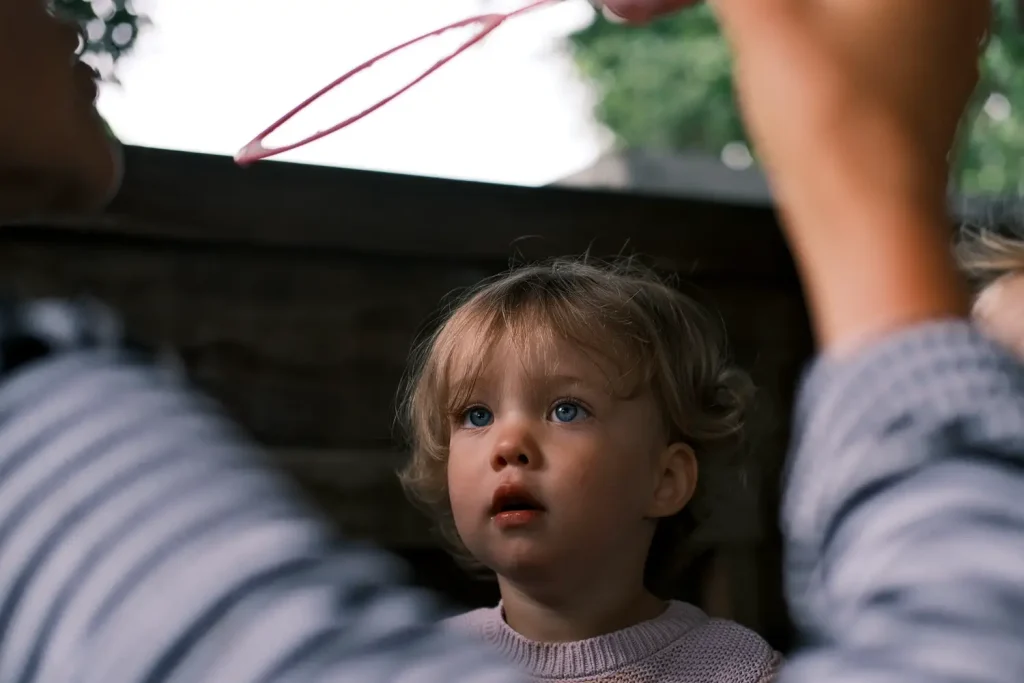
A film simulation to me means a combination things. It’s about the lens, the sensor, what type of light it was shot in; all that stuff. You can’t just throw a colour profile over something and call it film-like.
And I don’t want to start on a whole film grain/sensor noise rant (Well I kind of do, actually) but I’ll hose myself down and just say I think if you’re talking Fuji film simulations all you’re really talking about is how Fuji is giving you options of pre-souping its jpegs in different ways. I won’t weigh in on this because there’s more than enough crap written on it already.
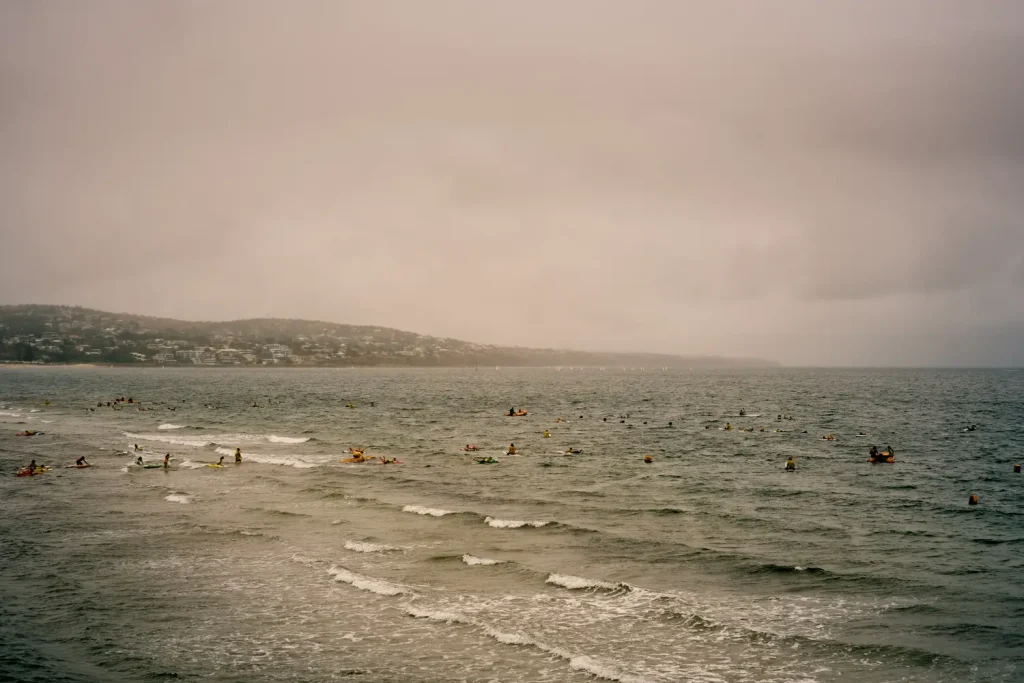
Anyhow – here’s what I DO think.
1: Yes, I can easily get colours I like straight out of this camera. Fuji GIVES you nice colours.
2: I LIKE HOW THIS SENSOR RENDERS (But this is personal)
3: Fuji make it really easy for you to work out what YOU want for YOURSELF. They have this great free program called X Raw Studio. You plug your camera in to the computer, and use the camera itself to process some raws in all the different ways you like with all the simulations, all the noise reductions, the colour settings, filters, playing with the blacks – whatever. You are looking at the files in real time on the screen of your 27inch Mac 5K display instead of the camera LCD. Then you can work out what settings you want to dial in for your own use in the camera.
I’m generally a big fan of Auto DR from whatever manufacturer. In this camera I really like “DR Priority.” This seems to make full use of the DR of a jpeg so you have no blacks and no whites and you get to set them yourself. But again – that’s me. It means I have to work on every file I want to use, and if you were doing events or whatever it would be a nightmare. But if you’re prepping less than a dozen images a week, no problem. Some people like to get the camera to do that for them.
Note again – I don’t like to use raw because it’s too much work and the files are too big. But again, that’s just me.
Another nice thing; The X-Pro3 has two card slots so I’m shooting jpegs to one and backing up with raw on the other. This way, if there is one I want to change my mind on, I can find this file later on and do it over.
OK: probably enough of my crap. Best not to forget that what really matters is where you stand and when you press the shutter.
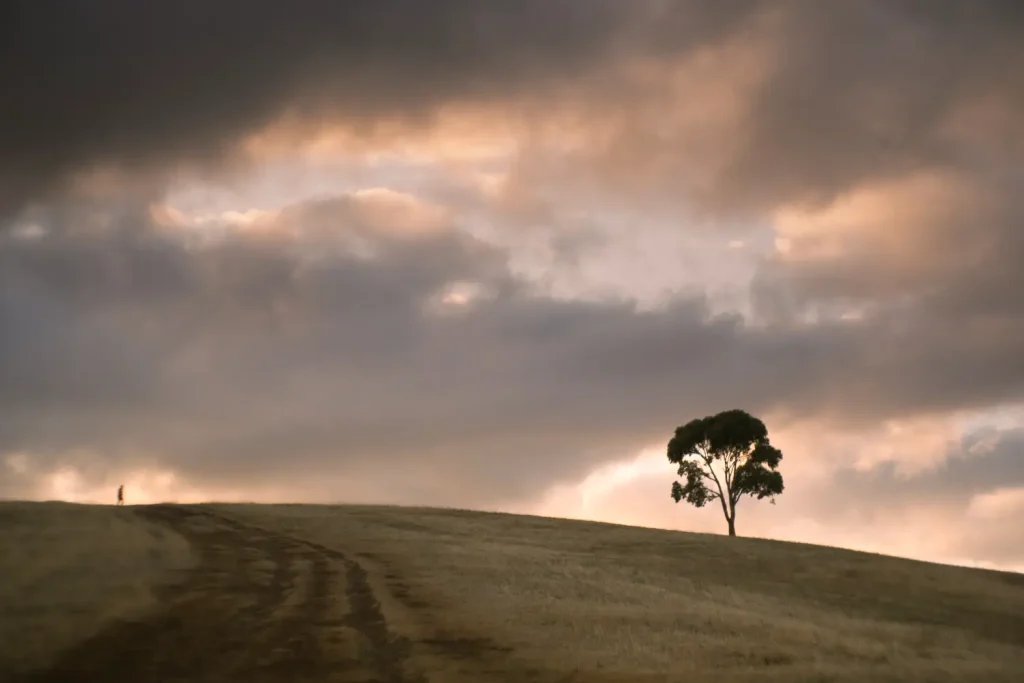
Share this post:
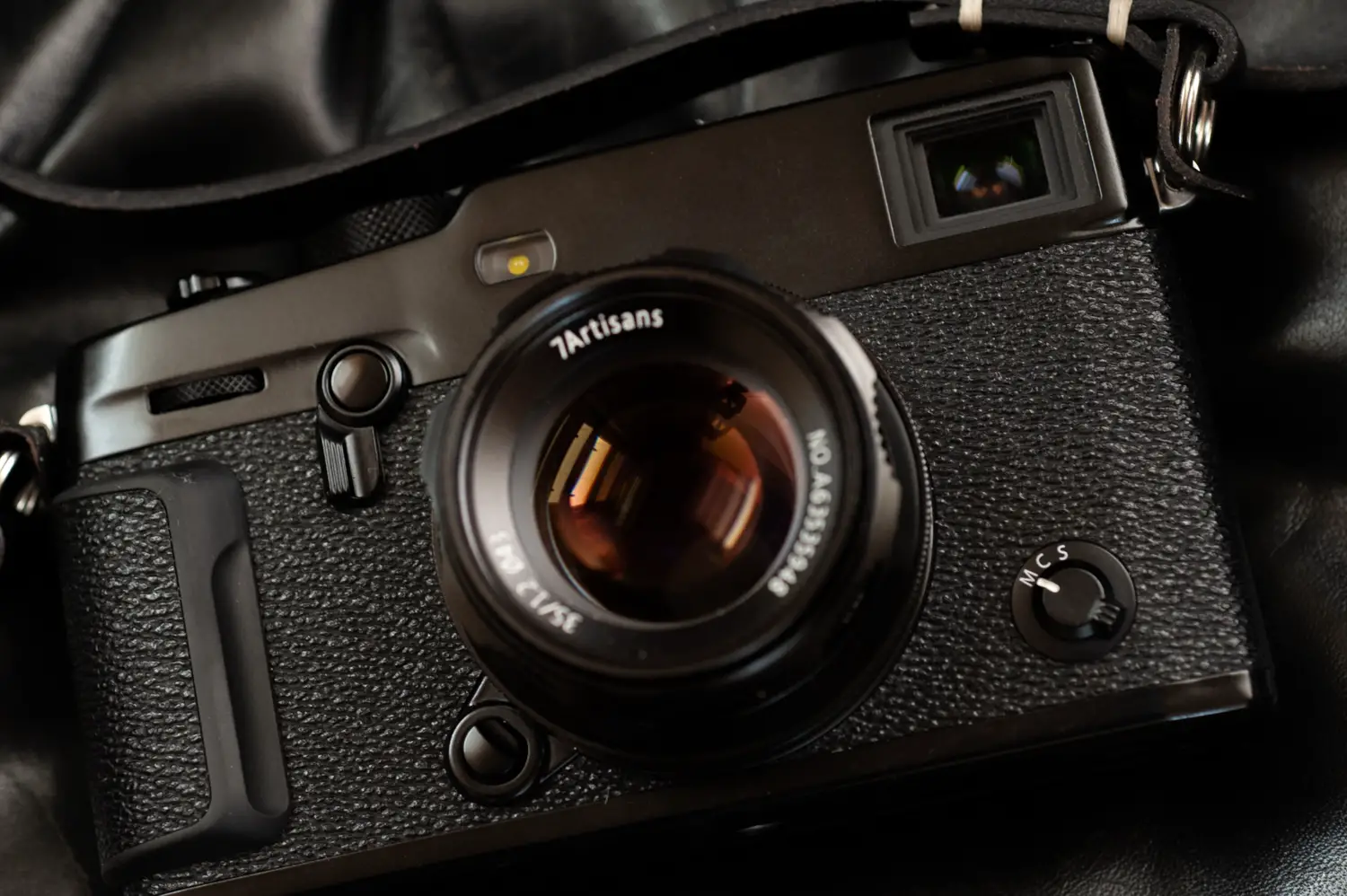








Comments
Hank on Fujifilm X-Pro3 Round Two: The X Files and a Meditation on Film and Digital – By David Hume
Comment posted: 03/03/2020
Louis Sousa on Fujifilm X-Pro3 Round Two: The X Files and a Meditation on Film and Digital – By David Hume
Comment posted: 04/03/2020
Comment posted: 04/03/2020
U. C. Dong on Fujifilm X-Pro3 Round Two: The X Files and a Meditation on Film and Digital – By David Hume
Comment posted: 04/03/2020
Is that you, Ken Rockwell?
Comment posted: 04/03/2020
Comment posted: 04/03/2020
Mike Hannon on Fujifilm X-Pro3 Round Two: The X Files and a Meditation on Film and Digital – By David Hume
Comment posted: 04/03/2020
Amen to that, brother! I'm not sure why camera buyers are hung up on resolution, noise and dynamic range. Most digi cameras JPEG offerings (and Adobe's RAW profiles) are pretty pedestrian and lacking in beauty.
Paul SayGan on Fujifilm X-Pro3 Round Two: The X Files and a Meditation on Film and Digital – By David Hume
Comment posted: 16/03/2020
"If anyone knows how to set that to a button, please tell!"
If it's the same as on the X-Pro2, hold down the function button you want to set then select "Bright Frame Brightness." I have it set as the button on the OVF/EVF lever. Once done, press it while looking through the OVF and you should have what you're looking for
Comment posted: 16/03/2020
Comment posted: 16/03/2020
Comment posted: 16/03/2020
Bruno Chalifour on Fujifilm X-Pro3 Round Two: The X Files and a Meditation on Film and Digital – By David Hume
Comment posted: 19/05/2020
David Hume on Fujifilm X-Pro3 Round Two: The X Files and a Meditation on Film and Digital – By David Hume
Comment posted: 19/05/2020
Nicolas on Fujifilm X-Pro3 Round Two: The X Files and a Meditation on Film and Digital – By David Hume
Comment posted: 24/07/2020
I discovered this forum/website yesterday and cannot stop reading everything on it !
About your lens choice on any recent Fuji ilc, and because you also love 50mm, I realy think you should try the good old (not so old..) XF35mm F1.4. It has been my first lens since the X-Pro1 and it is a real gem.
Nicolas
Comment posted: 24/07/2020